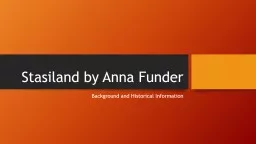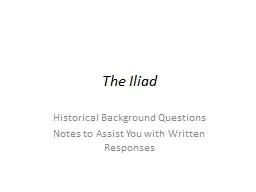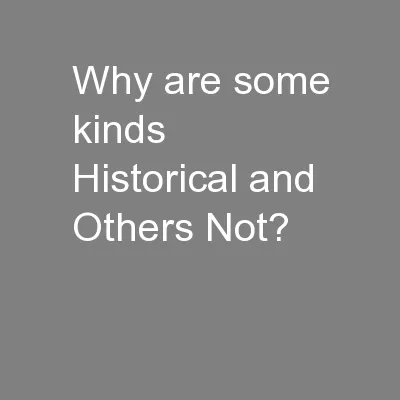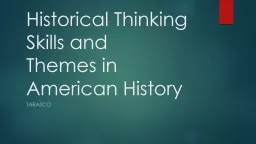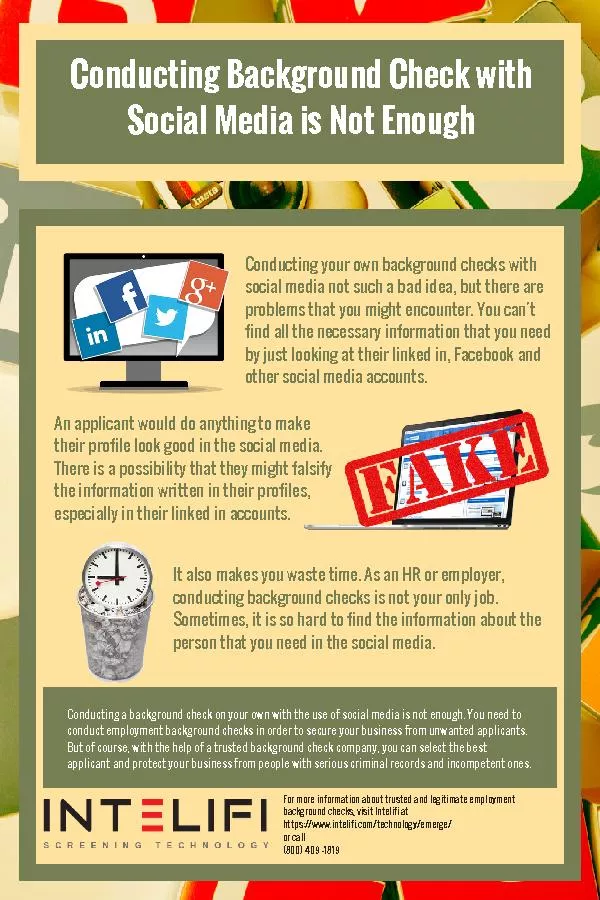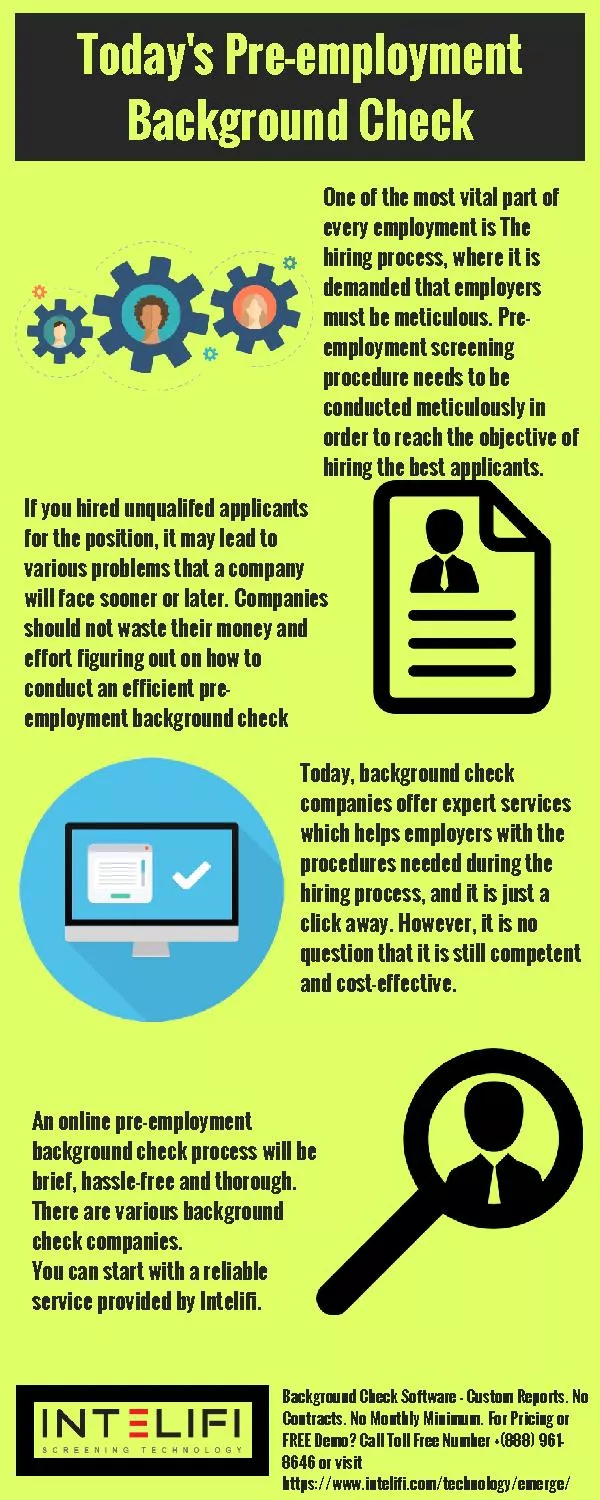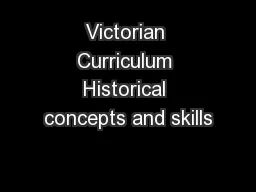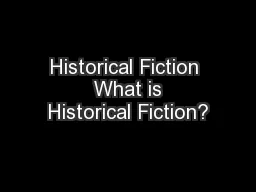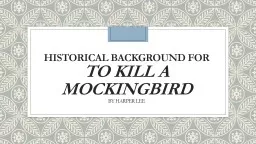PPT-Background and Historical Information
Author : sherrill-nordquist | Published Date : 2018-10-29
Compiled by Miss Barber Helping you to understand Stasiland by Anna Funder Potsdam Conference 1945 From July 17 August 2 nd 1945 The Big ThreeSoviet leader
Presentation Embed Code
Download Presentation
Download Presentation The PPT/PDF document "Background and Historical Information" is the property of its rightful owner. Permission is granted to download and print the materials on this website for personal, non-commercial use only, and to display it on your personal computer provided you do not modify the materials and that you retain all copyright notices contained in the materials. By downloading content from our website, you accept the terms of this agreement.
Background and Historical Information: Transcript
Download Rules Of Document
"Background and Historical Information"The content belongs to its owner. You may download and print it for personal use, without modification, and keep all copyright notices. By downloading, you agree to these terms.
Related Documents

